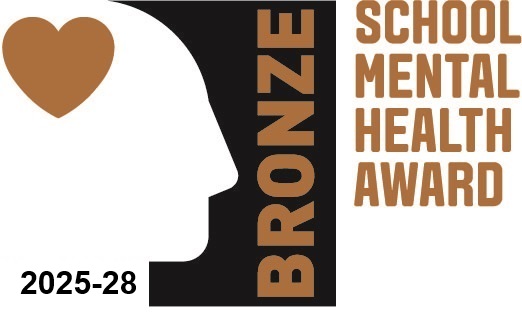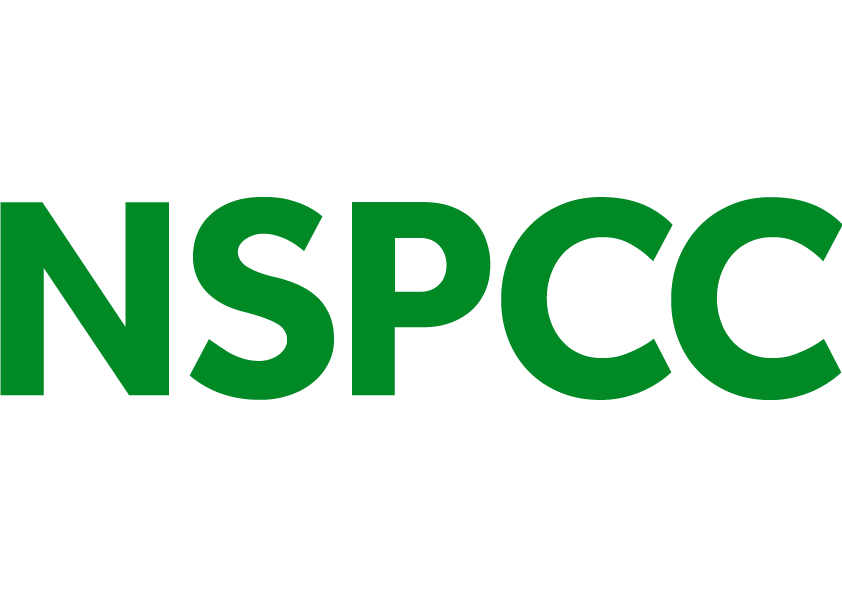Covid - Guidance Update
In light of the increasing COVID transmission rates in schools within the region, Public Health England (Sandwell team) has reviewed guidance from the Department for Education, alongside latest medical evidence.
Dear Parent/Carer,
I hope you and your family are managing to keep well during these challenging times and you have received the ‘learning during closure’ information that we have sent out.
Further to our closure, I am writing to update you on some additional precautionary actions that are being undertaken following further positive cases for COVID-19 across Sandwell and updated guidance from Public Health England (Sandwell team).
In light of the increasing COVID transmission rates in schools within the region, Public Health England (Sandwell team) has reviewed guidance from the Department for Education, alongside latest medical evidence. Previously, where previously it was the case when there was a positive case, we were able to identify close proximity contacts, to reduce the number of children needing to self-isolate, the guidance has now been updated and advises that if there is a single case in a class, all class members must self-isolate. We are now following this newly updated guidance and the whole class bubbles are self-isolating as a precautionary measure to help limit any transmission of the virus. This is why many more of you are being contacted to ensure your child self isolates as they have been in a class where there has been a positive case.
We wanted to make you aware of this new guidance, as we understand and appreciate that this may cause some further disruption, but it is essential that we follow the advice of the expert health protection teams, in order to safeguard our students and staff, as well as the wider school community. We have closely followed the guidance of the Government, Public Health England and Sandwell Council throughout the pandemic, and are constantly reviewing and adapting our safety measures and processes to ensure they are in line with the latest advice and of the highest standard. We are continuing to work closely with our local health protection team to ensure that we are taking all the necessary precautions.
At the bottom of this letter is guidance on what to do if your child starts to develop symptoms, as well as advice on the symptoms to look out for. Please do contact the Academy immediately if your child develops symptoms.
I want to take this opportunity to reassure you that, as always, the safety and wellbeing of our students and staff is our number one priority and we will continue to adhere to all Government and local guidance to safeguard our school community. We are hugely grateful for your ongoing support, understanding and cooperation at this time.
In the meantime, if you have any questions or queries that you would like to discuss further, please do not hesitate to get in touch – we are here to help.
Yours faithfully,
Dr Lisa Mason
Principal
Ormiston Forge Academy
What to do if your child develops symptoms of COVID 19
If your child develops symptoms of COVID-19, they should remain at home for at least 10 days from the date when their symptoms appeared and should arrange to have a test for COVID-19.
If your child has symptoms, all other household members who remain well must stay at home and not leave the house for 14 days. The 14-day period starts from the day when the first person in the house became ill. Household members should not go to work, school or public areas and exercise should be taken within the home.
Household members staying at home for 14 days will greatly reduce the overall amount of infection the household could pass on to others in the community.
If you are able to, move any vulnerable individuals (such as the elderly and those with underlying health conditions) out of your home, to stay with friends or family for the duration of the home isolation period.
Even if the test is negative, your child must not return to school until the initial fourteen day self-isolation period is over.
Symptoms of COVID 19
The most common symptoms of coronavirus (COVID-19) are recent onset of:
- new continuous cough and/or
- high temperature
- a loss of, or change in, your normal sense of taste or smell (anosmia).
For most people, coronavirus (COVID-19) will be a mild illness.
If your child or anyone in the household does develop symptoms, you can seek advice from NHS 111 at https://www.nhs.uk/conditions/coronavirus-covid-19/check-if-you-have-coronavirus-symptoms/ or by phoning 111.
How to stop COVID-19 spreading
There are things you can do to help reduce the risk of you and anyone you live with getting ill with COVID-19
Do
- wash your hands with soap and water often – do this for at least 20 seconds
- use hand sanitiser gel if soap and water are not available
- wash your hands as soon as you get home
- cover your mouth and nose with a tissue or your sleeve (not your hands) when you cough or sneeze
- put used tissues in the bin immediately and wash your hands afterwards
Further information is available at https://www.nhs.uk/conditions/coronavirus-covid-19/






